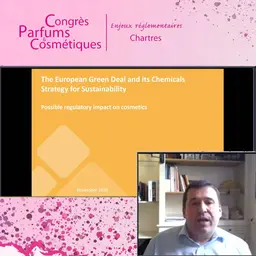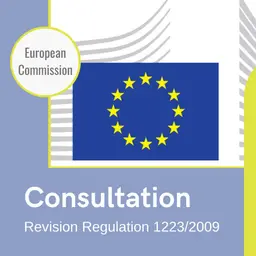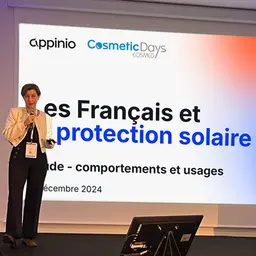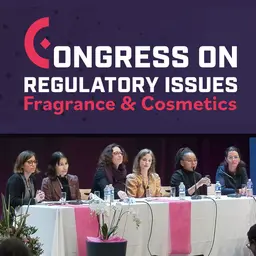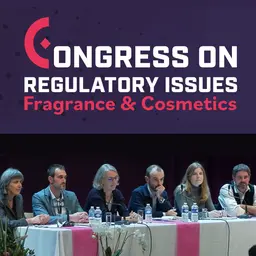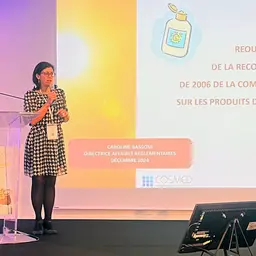
Numerous actions are planned within the framework of the Chemicals Strategy for Sustainability drawn up by the European Commission. Some of them will soon have direct implications for the cosmetics sector, notably for the management of endocrine disruptors. During the Annual Forum on Endocrine Disruptors, organised by the European Commission on 21 and 22 September 2021, Cristina de Avila, Head of Unit, Sustainable Chemicals at DG Environment and Petra Leroy Cadova, Policy Officer in the Bioeconomy, Chemicals and Cosmetics Unit of DG Internal Market, Industry, Entrepreneurship and SMEs, came to detail them.
The Chemicals Strategy for Sustainability has been developed with the aim of moving towards a toxics-free environment: by 2030, chemicals should be produced and used in ways that maximise the benefits to society while avoiding harm to the planet and to present and future generations.
Endocrine disruptors in the Chemicals Strategy for Sustainability
“We want to ensure that all chemicals on the market are used in a safe and sustainable way,” explained Cristina de Avila. “We want to make sure that substances of concern are replaced and their use is minimised. As for the most harmful chemicals, we want to ensure that they are no longer used in consumer products, especially those aimed at vulnerable groups. To achieve this, we need to strengthen our regulation.””
The REACH, CLP and Cosmetics Regulations are among those affected by this legislative movement.
The first task the European Commission has set itself is to ensure that it correctly identifies substances that have endocrine disrupting properties.
To do this, it has planned to introduce endocrine disruption as a new hazard class in the Regulation on Classification, Labelling and Packaging of Chemicals (CLP). Other new hazard classes will also be created, namely persistent, bioaccumulative and …

